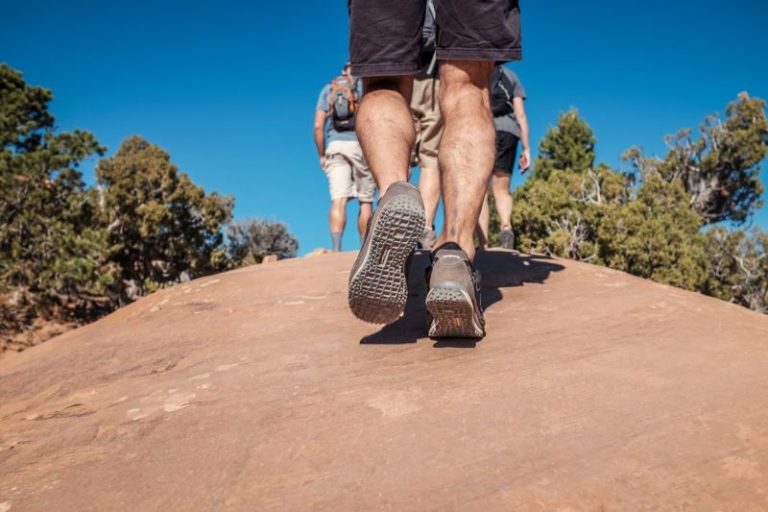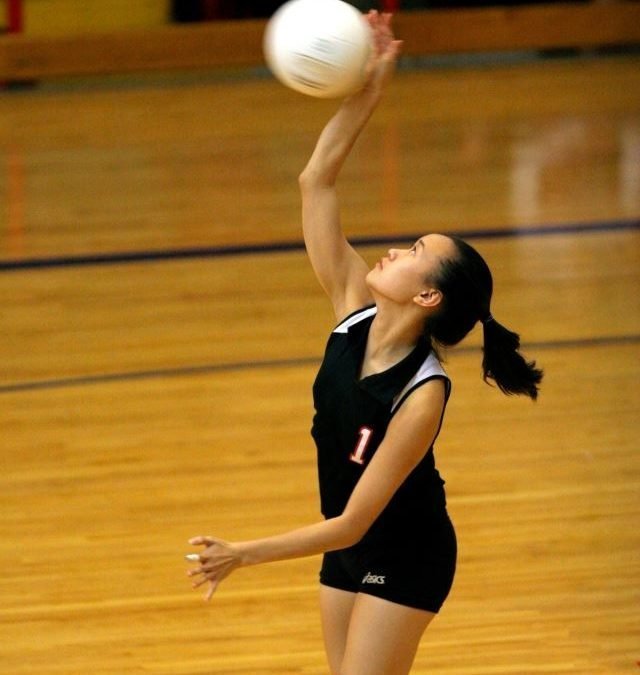
Planter Heel Pain – Plantar Fasciitis
Planter Heel Pain – Plantar Fasciitis
What Is PHP?
Plantar heel pain (PHP), commonly known as Plantar Fasciitis, refers to pain beneath the heel that is typically worse with weight-bearing activities. It is commonly characterized by pain on the first few steps in the morning, tenderness on the inside of the heel bone and increased pain walking barefoot on hard surfaces. The plantar fascia is thought to be the main source of this pain.
Why Is Treatment Important?
Planter heel pain affects up to 10% of populations and predominantly affects sedentary middle-aged and older adults. It is estimated to account for 8.0% of all injuries related to running. It is the most common foot condition treated in physiotherapy clinics.
How Do We Treat PHP?
A recent best practice guide1 suggests treatment for people with PHP should include stretching, taping, and individualized education. Patients may also benefit from shockwave therapy, followed by custom foot orthotics.
How Can Physiotherapy Help?
Your Physiotherapists can diagnose your heel pain as well as identify the risk factors which can trigger plantar heel pain. They can help you through the management of this condition with individualized treatment such as stretching, manual therapy, taping, and modalities (ultrasound, electrical stimulation or shockwave therapy). At Sun City Physiotherapy, we use an evidence based practice to treat your Plantar heel pain and get you back to pain free movement!
1 Morrissey, D., Cotchett, M., J’Bari, A. S., Prior, T., Griffiths, I. B., Rathleff, M. S., … & Barton, C. J. (2021). Management of plantar heel pain: a best practice guide informed by a systematic review, expert clinical reasoning and patient values. British Journal of Sports Medicine, 55(19), 1106-1118.





